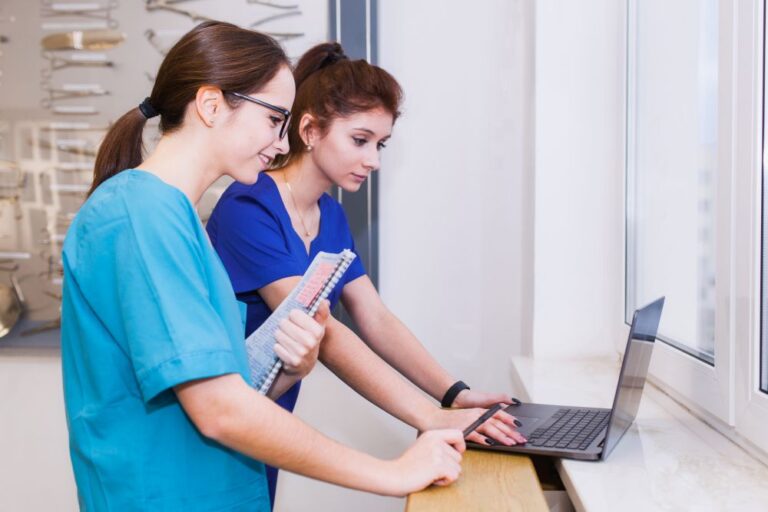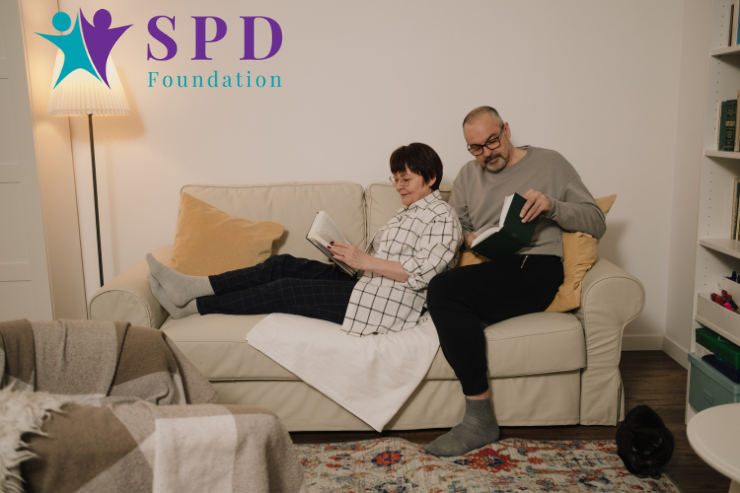The question remains how does listening therapy work? This therapy relies on neuroplasticity, which is the brain’s ability to adapt and change through experience. Listening therapy aims to improve sensory integration and processing to achieve better cognitive and emotional health outcomes.
Integrated Listening Systems (iLs) is a popular system used in the U.S. It is often combined with occupational therapy (OT) at the STAR Center in Denver. The therapy involves listening to specialized music through an iPod in a portable waist pack, making it an enjoyable complement to OT.
Combining LT and OT
- Enhanced Therapy
Combining LT and OT aims to speed up changes in the nervous system by stimulating multiple sensory systems, such as auditory, vestibular, proprioceptive, and tactile. This multi-sensory stimulation enhances therapy’s effects on motor skills, language, learning, and visual processing. - Benefits
By combining these approaches, therapists can address key aspects of motor planning, sensory processing, and cognitive development. This comprehensive approach leads to improved sensory integration and functional outcomes.
Complementary Therapies

- Other Therapies
Complementary and alternative therapies like the Wilbarger protocol, craniosacral manipulation, and acupuncture can support children with Sensory Processing Disorders (SPD). These methods may be beneficial in a comprehensive treatment plan. - Caution Required
These complementary therapies lack extensive research to confirm their effectiveness. They should only be used under the guidance of a qualified therapist and not as standalone treatments. They should be combined with established, research-based therapies for the best results.
Time Tracking for Sensory Processing Disorder (SPD)
- Why Track Time?
Individuals with SPD often struggle with time management, leading to stress and anxiety. By tracking time, they can identify patterns and make necessary adjustments to their routines. - Benefits of Tracking
Time tracking helps individuals with SPD identify triggers and patterns, such as increased irritability after prolonged exposure to noise. This allows them to better manage daily activities, reducing stress and improving sensory input management. - Tools for Tracking
Digital time tracking tools, like SLONEEK’s features, help individuals gain insight into their daily routines. Tracking activities can reduce stress and anxiety and improve quality of life.
Using QR Codes for Therapy

- How They Help
QR codes can effectively deliver therapy resources like videos, guides, and instructional materials. Therapists can use QR codes to reinforce therapy at home, providing parents easy access to activities and exercises. - Practical Use
These codes are especially helpful for families with limited access to therapy or who want to supplement therapy with at-home activities. QR codes offer practical, easy-to-use support for therapy beyond the clinic.







